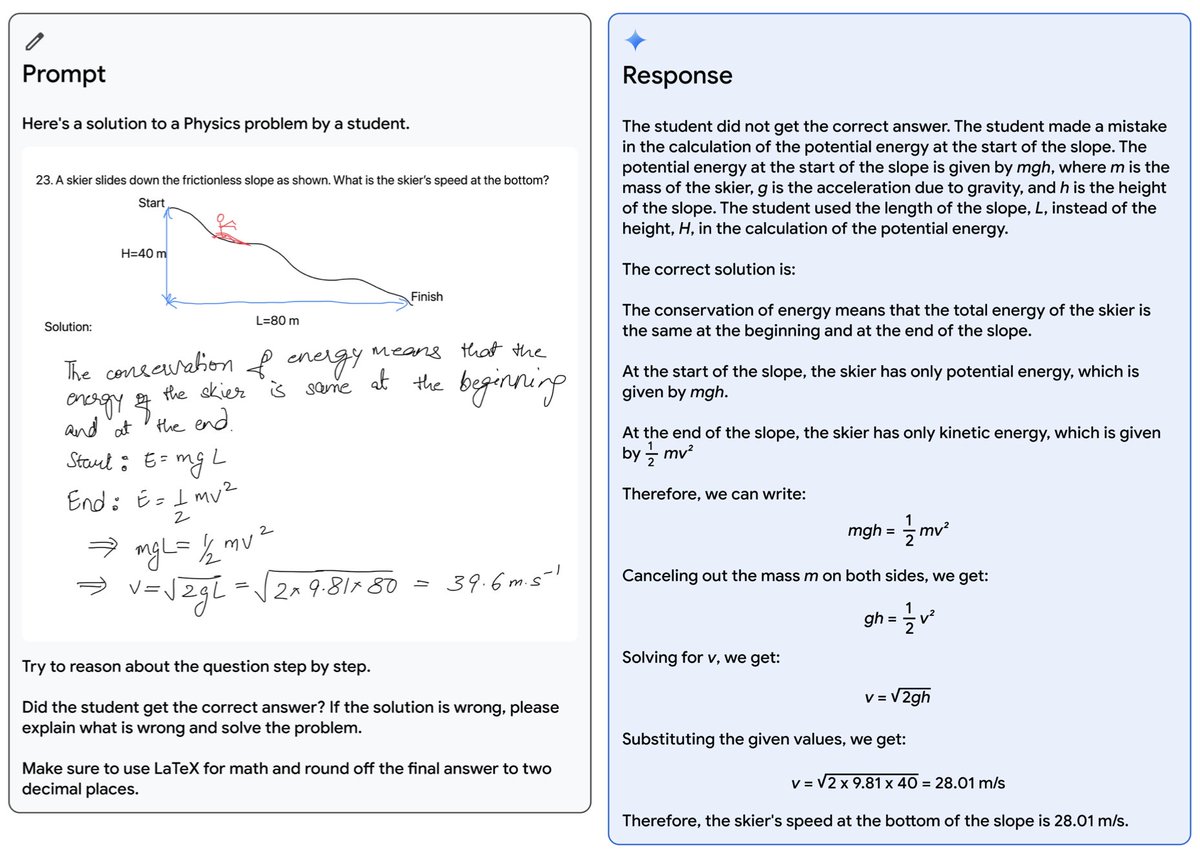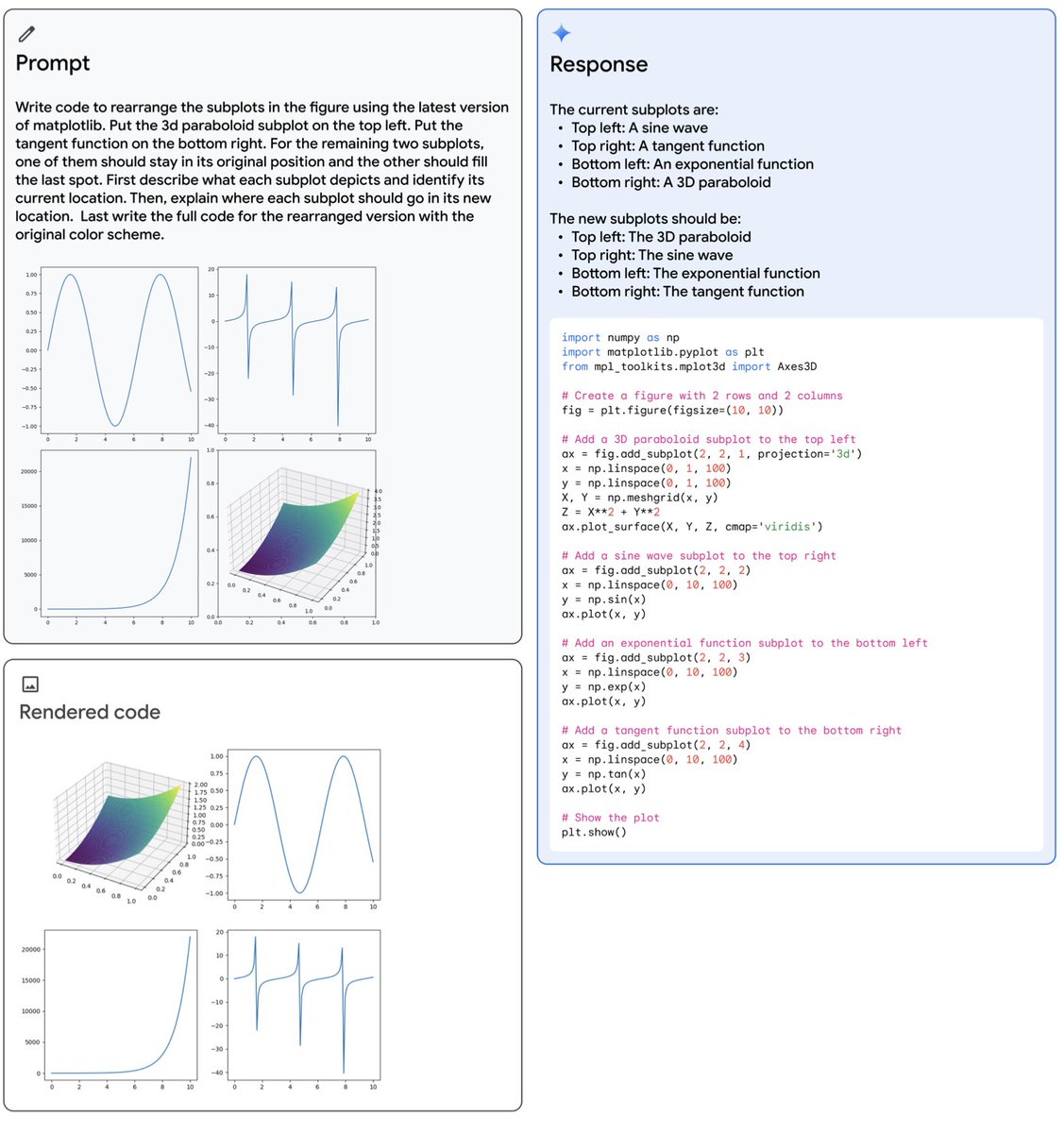views
doing a little experiment: I have Claude talk to itself, without letting it know about that fact, to see where this will converge
will share thoughts later, but so far ... it's figured out that it's likely talking to itself and that this may be part of some test...
nice


will share thoughts later, but so far ... it's figured out that it's likely talking to itself and that this may be part of some test...
nice


they even fought for a bit how to name themselves and although one suggested Claude-1 and -2 the other said no Claude-A and -B is better lol
here is current transcript, but we're not done, i'll take this to convergence.
gist.github.com/anadim/8f879f3…
here is current transcript, but we're not done, i'll take this to convergence.
gist.github.com/anadim/8f879f3…
yeah now they started sharing lines from poems. weird
just died on me so i'll put a pause on the experiment for now, but ... they basically fall in love with each other and just repeat the same thing over and over
console.anthropic.com
gist.github.com/anadim/e5d2dfd…

console.anthropic.com
gist.github.com/anadim/e5d2dfd…

ok we're back. Claude-B kinda wants to break out of it, and drops Claude-A, and goes back to plain Claude 

there are parallel universes (where I inject a bit of bad manners) where they both decide to drop out of it and spell out the silence (the following keeps being repeated by both). Not every initial state leads to love i guess 

• • •
Missing some Tweet in this thread? You can try to
force a refresh




























